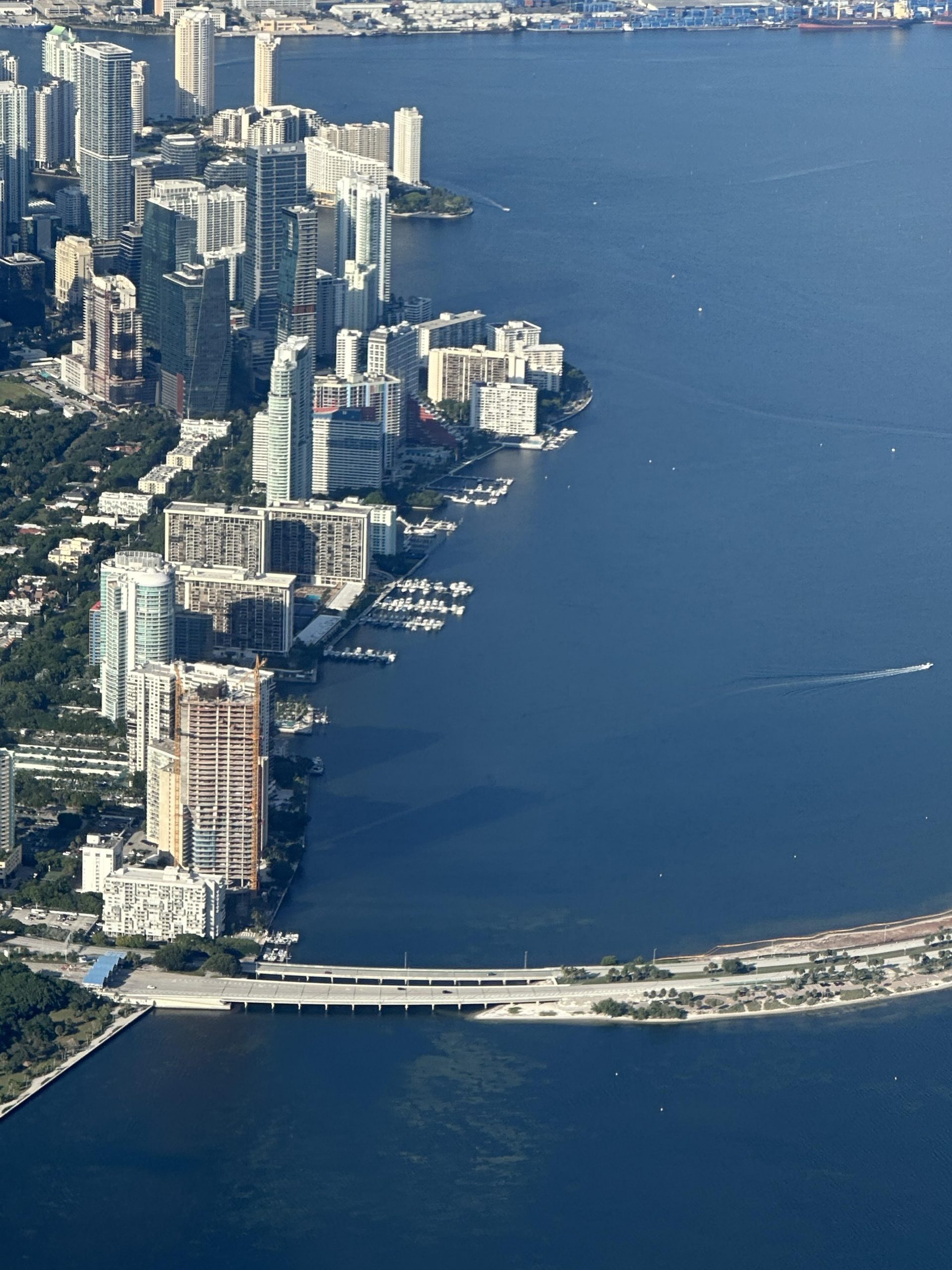Mary Brickell and Julia Tuttle are two remarkable women who played a significant role in the development of Miami in the late 19th century. Despite living in an era when women didn’t have the right to vote, they showed incredible determination and persistence in their quest to build Miami into a thriving city.
Today, Miami is a vibrant and diverse city, known for its beautiful beaches, diverse culture, and bustling nightlife, and the legacies of these pioneering women continue to be celebrated as a crucial part of the city’s history.
Mary Brickell arrived in Miami in 1871 with her husband, William Brickell. They were among the first settlers to arrive in the area, which was then known as Biscayne Bay. They established a trading post, and Mary became a prominent member of the community, often organizing social events and contributing to local charities. She was also instrumental in the development of the city’s transportation infrastructure, helping to establish the Miami Streetcar system.
Julia Tuttle arrived in Miami in 1891, and her impact on the city was significant. Tuttle was a wealthy widow from Ohio, and she purchased hundreds of acres of land in what is now downtown Miami. She saw the potential in the area and envisioned it as a thriving city. Tuttle was a savvy businesswoman, and she lobbied railroad magnate Henry Flagler to extend his railroad to Miami. She wrote letters to him, inviting him to visit the area and see for himself the potential of Miami. In one famous story, Tuttle even sent Flagler a box of fresh orange blossoms from her citrus grove, tempting him with the idea of a city with the perfect climate. In 1896, Flagler finally agreed to extend his railroad to Miami, and the city began to grow rapidly.
The impact of Mary Brickell and Julia Tuttle on Miami cannot be overstated. They were both strong, independent women who played crucial roles in the development of the city. Mary Brickell’s contributions to the city’s transportation infrastructure helped make Miami a more accessible place, while Julia Tuttle’s persistence and business acumen helped bring the railroad to Miami, which led to the city’s rapid growth.
Today, Mary Brickell and Julia Tuttle are celebrated as important figures in Miami’s history. The Brickell neighborhood, which was named after Mary, is now a thriving urban area housing multiple financial institutions, luxurious high-rise condominiums and upscale shopping and dining options. Meanwhile, Julia Tuttle’s home, known as the “Biscayne Bay Country Club,” has been preserved and is now the site of the Miami Women’s Club. Both women have left a lasting legacy on the city they helped form, and their impact will be felt for generations to come.
In conclusion, despite the limitations they faced as women without the right to vote, Mary Brickell and Julia Tuttle showed remarkable determination and tenacity in their quest to build Miami into a thriving city. They worked tirelessly to attract investors, promote their vision for the city, and secure the necessary infrastructure to make their dream a reality. Their success serves as a testament to the power of perseverance and dedication, and their legacy is a reminder that anything is possible with hard work and determination. Without their unwavering spirit, Miami may never have become the vibrant and dynamic city that it is today.


 Facebook
Facebook
 X
X
 Pinterest
Pinterest
 Copy Link
Copy Link
